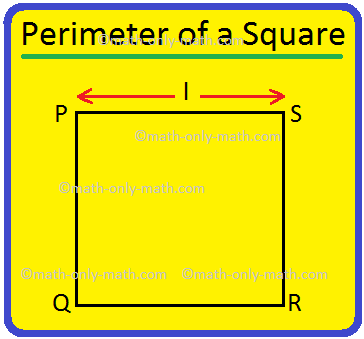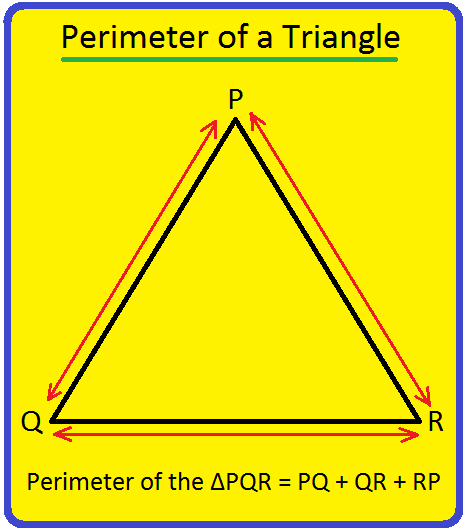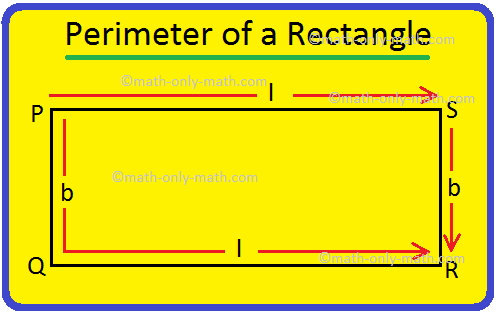Dividing a Quantity in a given Ratio
We will follow the rules of dividing a quantity in a given ratio (two or three) to solve different types of problems.
1. 20 apples are distributed between Aaron and Ben in the ratio 2 : 3. Find, how many does each get?
Solution:
Aaron and Ben get apples in the ratio 2 : 3 i.e. if Aaron gets 2 parts, B should get 3 parts.
In other words, if we make (2 + 3) = 5 equal parts, then Aaron should get 2 parts out of these 5 equal part
i.e. Aaron gets = 2/5 of the total number of apples = 2/5 of 20 = 2/5 × 20 = 8 apples
Similarly, Ben gets 3 parts out of 5 equal parts
i.e. Ben gets = 3/5 of the total number of apples = 3/5 of 20 = 3/5 × 20 = 12 apples
Therefore, Aaron gets 8 apples and Ben gets 12 apples.
In other way we can solve this by the direct method,
Since, the given ratio = 2 : 3 and 2 + 3 = 5
Therefore, Aaron gets = 2/5 of the total number of apples
= 2/5 × 20 apples = 8 apples
and, Ben gets = 3/5 of the total number of apples
= 3/5 × 20 apples = 12 apples
2. Divide $ 120 between David and Jack in the ratio 3 : 5.
Solution:
Ratio of David’s share to Jack’s share = 3 : 5
Sum of the ratio terms = 3 + 5 = 8
Thus we can say David gets 3 parts and Jack gets 5 parts out of every 8 parts.
Therefore, David’s share = $(3 × 120)/8 = $45
And, Jack’s share = $(5 × 120)/8 = $75
Therefore, David get $45 and Jack gets $75
More solved problems on dividing a quantity in a given ratio:
3. Divide $260 among A, B and C in the ratio 1/2 : 1/3 : 1/4.
Solution:
First of all convert the given ratio into its simple form.
Since, L.C.M. of denominators 2, 3 and 4 is 12.
Therefore, 1/2 : 1/3 : 1/4 = 1/2 × 12 : 1/3 × 12 : 1/4 × 12 = 6 : 4 : 3
And, 6 + 4 + 3 = 13
Therefore, A’ share = 6/13 of $260 = $6/13 × 260 = $120
B’ share = 4/13 of $260 = $4/13 × 260 = $80
C’ share = 3/13 of $260 = $3/13 × 260 = $60
Therefore, A get $120, B gets $80 and C gets $60
4. Two numbers are in the ratio 10 : 13. If the difference between the numbers is 48, find the numbers.
Solution:
Let the two numbers be 10 and 13
Therefore, the difference between these numbers = 13 – 10 = 3
Now applying unitary method we get,
When difference between the numbers = 3; 1st number = 10
⇒ when difference between the numbers = 1; 1st number = 10/3
⇒ when difference between the numbers = 48; 1st number = 10/3 × 48 = 160
Similarly, in the same way we get;
When difference between the numbers = 3; 1st number = 13
⇒ when difference between the numbers = 1; 1st number = 13/3
⇒ when difference between the numbers = 48; 1st number = 13/3 × 48 = 208
Therefore, the required numbers are 160 and 208.
The above examples on dividing a quantity in a given ratio will give us the idea to solve different types of problems on ratios.
6th Grade Page
From Dividing a Quantity in a given Ratio to HOME PAGE
Didn't find what you were looking for? Or want to know more information about Math Only Math. Use this Google Search to find what you need.
Recent Articles
-
Perimeter of a Square | How to Find the Perimeter of Square? |Examples
Apr 25, 24 05:34 PM
We will discuss here how to find the perimeter of a square. Perimeter of a square is the total length (distance) of the boundary of a square. We know that all the sides of a square are equal. Perimete… -
Perimeter of a Triangle | Perimeter of a Triangle Formula | Examples
Apr 25, 24 05:13 PM
We will discuss here how to find the perimeter of a triangle. We know perimeter of a triangle is the total length (distance) of the boundary of a triangle. Perimeter of a triangle is the sum of length… -
Perimeter of a Rectangle | How to Find the Perimeter of a Rectangle?
Apr 25, 24 03:45 PM
We will discuss here how to find the perimeter of a rectangle. We know perimeter of a rectangle is the total length (distance) of the boundary of a rectangle. ABCD is a rectangle. We know that the opp… -
Dividing 3-Digit by 1-Digit Number | Long Division |Worksheet Answer
Apr 24, 24 03:46 PM
Dividing 3-Digit by 1-Digit Numbers are discussed here step-by-step. How to divide 3-digit numbers by single-digit numbers? Let us follow the examples to learn to divide 3-digit number by one-digit nu… -
Symmetrical Shapes | One, Two, Three, Four & Many-line Symmetry
Apr 24, 24 03:45 PM
Symmetrical shapes are discussed here in this topic. Any object or shape which can be cut in two equal halves in such a way that both the parts are exactly the same is called symmetrical. The line whi…





